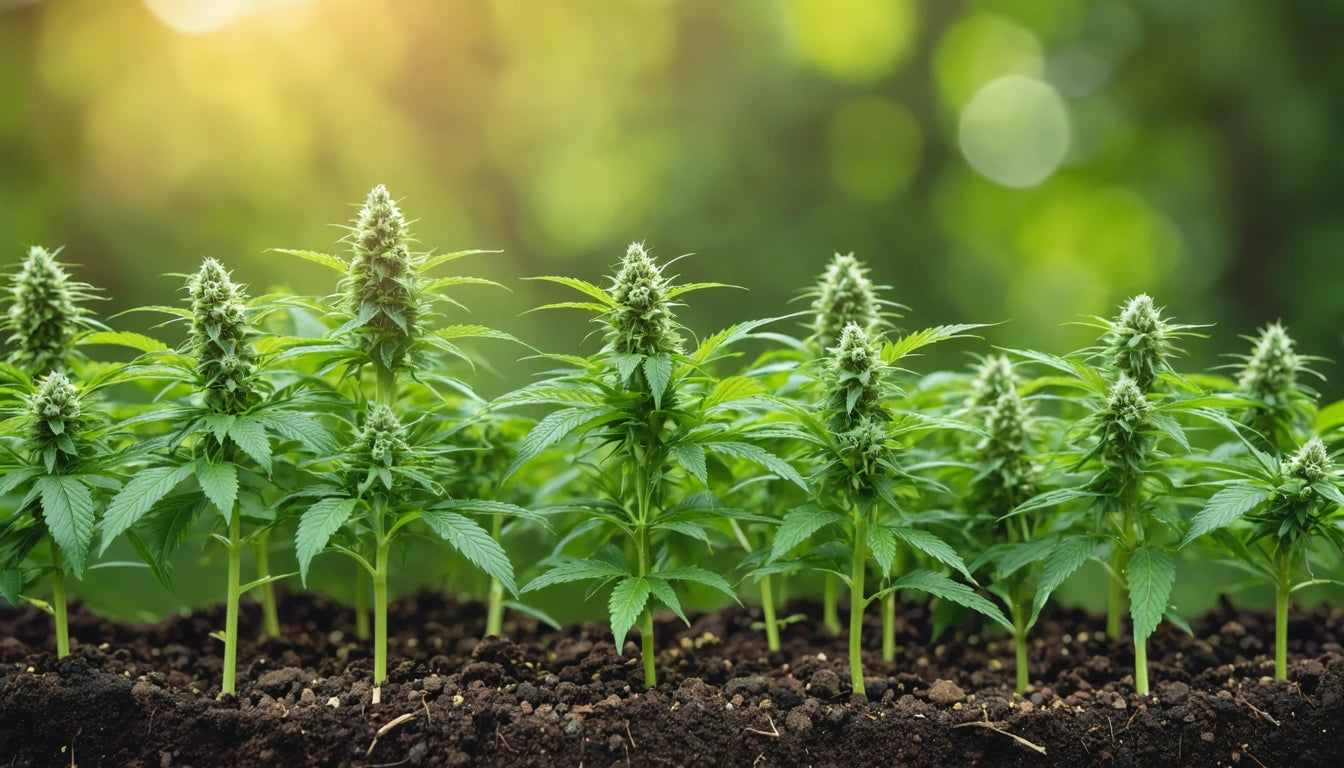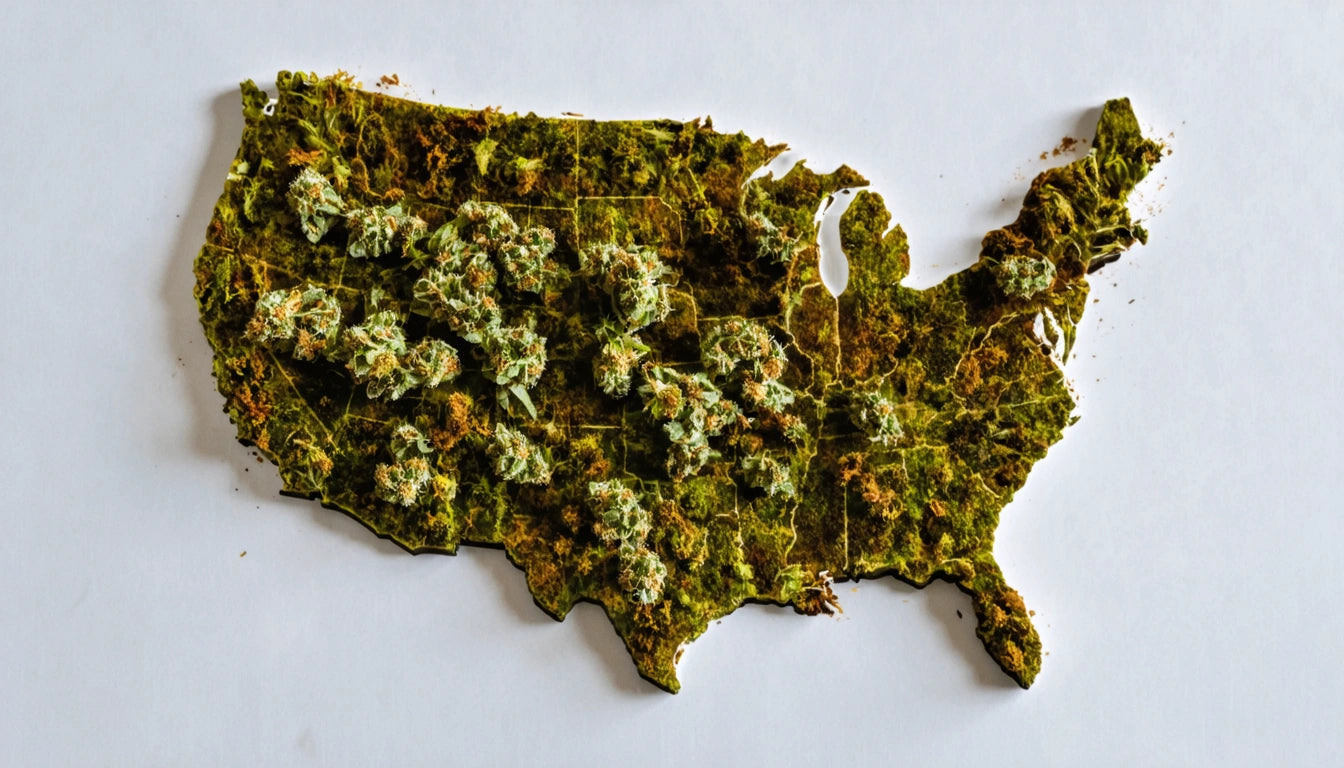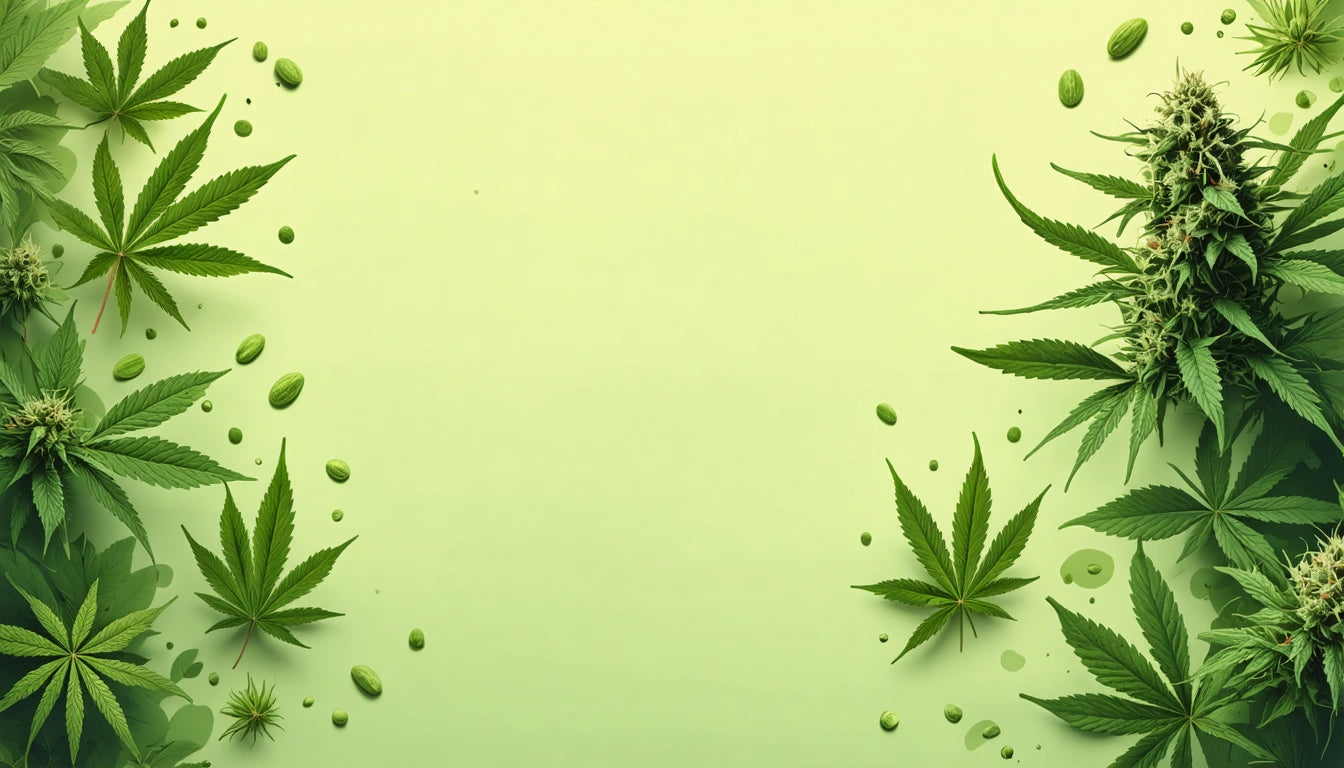Table of Contents
The Ultimate Guide to the Best Times for Growing, Planting, and Enjoying Weed
Timing is everything when it comes to cannabis cultivation. From planting seeds to harvesting buds and even consumption, each phase has optimal windows that can significantly impact your results. This comprehensive guide covers the best times for all aspects of cannabis growing, harvesting, and enjoying to help you maximize potency, yield, and overall experience.
Optimal Growing Seasons for Cannabis
The best time to grow weed outdoors depends largely on your climate zone. Cannabis thrives when daytime temperatures consistently range between 70-85 °F (21-29 °C) with nighttime temperatures no lower than 60 °F (15 °C).
In the Northern Hemisphere, the outdoor growing season typically follows this schedule:
- March-May: Germination and seedling stage
- June-August: Vegetative growth phase
- September-November: Flowering and harvest
According to this detailed guide on outdoor planting, the best month to start growing weed outdoors is typically after the last spring frost when soil temperatures have warmed. In most regions, this falls between mid-April and early May.
For indoor growers, the best time to grow weed is year-round, as you control the environment. However, many growers time their indoor cycles to have fresh harvests ready for peak consumption periods like summer holidays or the fall harvest season.
When to Plant Weed Seedlings for Success
Knowing when to plant weed seedlings is crucial for their survival and vigor. Seedlings should be transplanted outdoors only after they've developed 3-5 sets of true leaves and when outdoor conditions are consistently favorable.
For outdoor growing, follow these guidelines on when to plant weed:
- Start seeds indoors 6-8 weeks before the final frost date
- Harden off seedlings by gradually exposing them to outdoor conditions over 7-10 days
- Transplant outdoors when nighttime temperatures stay above 50 °F (10 °C)
When planning your grow, it's essential to have proper storage solutions ready for your eventual harvest. Many cultivators use specialized storage bags designed for preserving cannabis freshness to maintain potency and terpene profiles after harvesting.
Strategic Fertilization Timing for Cannabis Plants
Understanding when to fertilize weed plants can make the difference between mediocre and exceptional harvests. Cannabis has different nutritional needs during each growth phase:
Seedling Stage (Weeks 1-2)
During this delicate phase, seedlings require minimal nutrients. Most quality soils contain enough nutrients to sustain seedlings without additional fertilization.
Vegetative Stage (Weeks 3-8)
This is when knowing when to fertilize weed plants becomes critical. Plants need higher nitrogen levels during this growth phase:
- Begin fertilizing when plants show 3-5 sets of leaves
- Apply nitrogen-rich nutrients every 1-2 weeks
- Gradually increase strength to 75% of manufacturer recommendations
Pre-Flowering Transition (Weeks 8-9)
Two weeks before switching to flowering, adjust your feeding schedule:
- Reduce nitrogen levels
- Increase phosphorus and potassium
Flowering Stage (Weeks 9-16+)
During flowering, plants need:
- High phosphorus and potassium
- Reduced nitrogen
- Bloom-specific nutrients every 1-2 weeks
This comprehensive harvest guide explains how proper fertilization timing directly impacts final harvest quality.
When to Cut Weed Plants: Harvest Timing Guide
Determining when to cut weed plants is perhaps the most crucial timing decision in the entire growing process. Harvest too early, and you'll miss peak potency; too late, and THC begins degrading to CBN, creating more sedative effects.
The optimal harvest window is determined by trichome development, which can be observed using a jeweler's loupe or digital microscope:
- Clear trichomes: Too early, underdeveloped cannabinoids
- Milky/cloudy trichomes: Peak THC production, energetic effects
- Amber trichomes: More CBN, sedative effects
- Ideal harvest time: 70-90% milky, 10-30% amber (depending on desired effects)
According to research on optimal harvest timing, cutting plants just before the light period begins (early morning for outdoor plants) may maximize resin production and terpene preservation.
Best Time to Smoke Weed: Timing for Desired Effects
The best time to smoke weed varies based on your goals and the strain's properties. Consider these general guidelines:
Morning/Daytime Use
For productivity and focus:
- Sativa-dominant strains with energizing terpenes
- Lower THC, higher CBD ratios for functional effects
- Microdosing techniques for subtle enhancement
Evening/Night Use
For relaxation and sleep:
- Indica-dominant strains with sedative terpenes
- Higher THC content for stronger physical effects
- Strains high in myrcene, linalool, and CBN
Your personal metabolism, tolerance, and even meal timing can influence effects. Many users report enhanced effects when consuming on an empty stomach, while others find that a light meal beforehand provides more balanced effects.
Storage and Preservation for Year-Round Enjoyment
Proper storage extends the shelf life of your harvest, ensuring you can enjoy your cannabis at the optimal time regardless of when it was harvested. Key storage factors include:
- Temperature: Store between 60-70 °F (15-21 °C)
- Humidity: Maintain 59-63% relative humidity using humidity packs
- Light exposure: Store in opaque containers to prevent degradation
- Air exposure: Use airtight containers to preserve terpenes
With proper storage in quality containers, cannabis can maintain its potency and flavor profile for 6-12 months. This allows you to grow according to optimal seasonal timing while enjoying your harvest year-round.
Whether you're a beginner wondering when is the best time to plant weed or an experienced grower fine-tuning your harvest schedule, understanding these timing principles will help you achieve consistent, high-quality results throughout the growing cycle and beyond.











Leave a comment
All comments are moderated before being published.
This site is protected by hCaptcha and the hCaptcha Privacy Policy and Terms of Service apply.